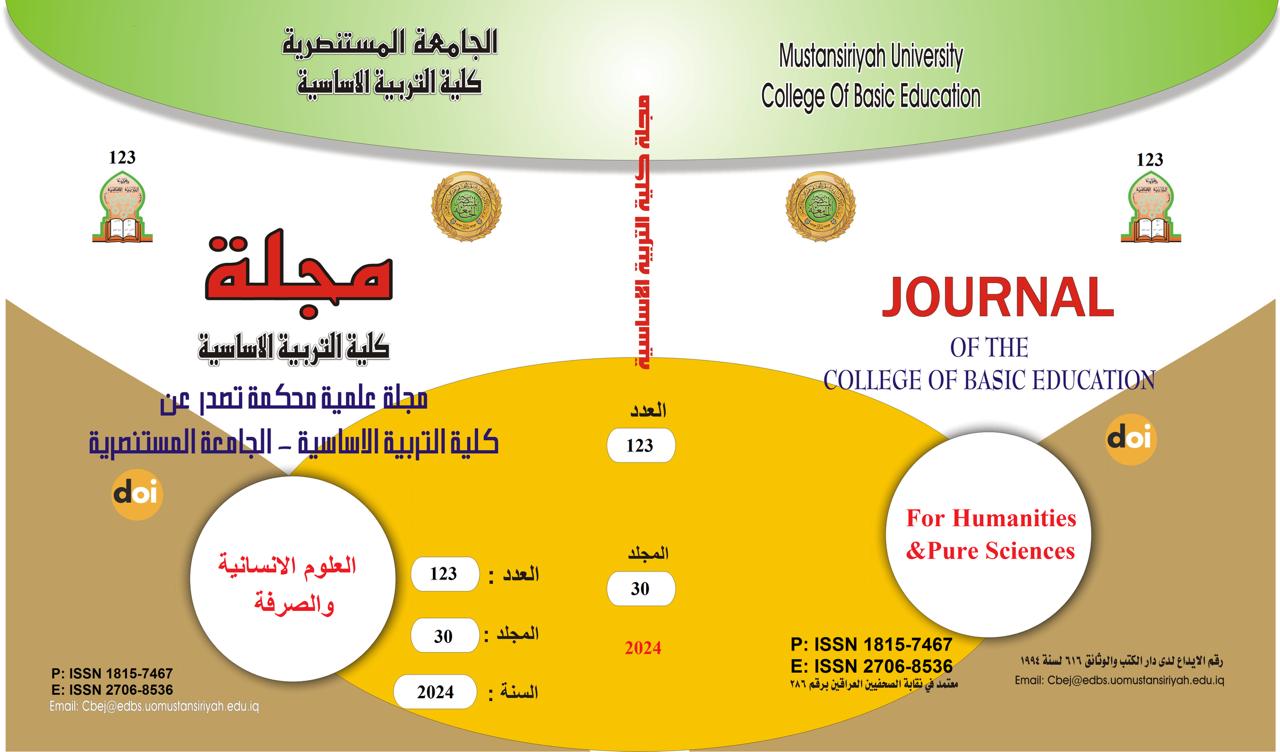The mechanics of montage plotting in the theatrical text(Macbeth) William Shakespeare is a model
Main Article Content
Abstract
The research seeks to identify and reveal the mechanisms of montage plotting in the theatrical text (Macbeth) by William Shakespeare as a model. The theatrical text remained the mainstay of theatrical activity and the basis of its presentation, and its writers and critics, over a century and a half, were its creators and developers of building drama in the text and presentation. However, the text He preceded in his development of a discourse for a presentation, which is what drama can give to a person in that it enables him to recreate emotional states through imagination. The importance of drama exceeds almost anything else in our contemporary world, as it is present in all symbolic formations that humans produce, whether it is written literature, theater, or television drama. All of these formations need an aesthetically controlled narrative language through art in general, and through the above, the research identified the following question: What are the mechanisms of montage plotting in the theatrical text / William Shakespeare’s Macbeth as a model for study and analysis. The aesthetic context in the arrangement of actions, events, and scenes is the montage plot in the theatrical text, which is the most prominent concept in the plotting mechanisms in texts, based on violating the principle of dialogical cooperation with images
Article Details

This work is licensed under a Creative Commons Attribution-ShareAlike 4.0 International License.
